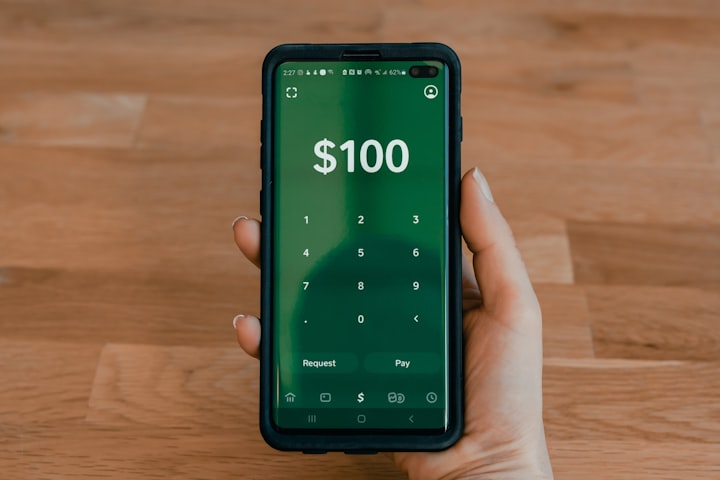
Introduction
Copyright is a legal concept that grants exclusive rights to creators of original works of authorship. These rights give the creators the ability to control how their works are used, distributed, and reproduced. The aim of this blog post is to provide a detailed overview of copyrights, including the history of copyright law, what is covered by copyright, how to obtain a copyright, and how to protect your copyrighted works.
History of Copyright Law
Copyright law has a long history dating back to the 15th century when the first printing press was invented. At the time, there were no laws in place to protect the rights of authors, and printers could reproduce and sell any work they wished without the author's permission.
In 1557, Queen Mary I of England granted a Royal Charter to the Stationers' Company, which gave them the power to control the printing and publishing of all books in England. This effectively granted a monopoly on book publishing to the Stationers' Company, and they were responsible for granting licenses to printers to produce works.
In the United States, copyright law was established in the Constitution, which grants Congress the power "To promote the Progress of Science and useful Arts, by securing for limited Times to Authors and Inventors the exclusive Right to their respective Writings and Discoveries."
The first copyright law in the United States was the Copyright Act of 1790, which granted authors the exclusive right to publish and sell their works for a period of 14 years, with the option to renew for an additional 14 years. The Copyright Act has been amended many times since then, with the most recent major update being the Copyright Act of 1976.
What is Covered by Copyright?
Copyright protects original works of authorship, including literary, musical, dramatic, and artistic works. This includes books, songs, plays, paintings, photographs, and computer software. Copyright protection extends to both published and unpublished works.
To qualify for copyright protection, a work must be original and fixed in a tangible medium of expression. This means that the work must be the result of the author's original creative expression and must be recorded in some way, such as on paper, on a canvas, or in a digital format.
Copyright protection does not extend to ideas, concepts, procedures, or methods of operation. For example, if an author writes a book about a boy wizard attending a school of magic, they cannot prevent someone else from writing a book about a boy wizard attending a school of magic, as the idea of a boy wizard attending a school of magic is not protected by copyright.
How to Obtain a Copyright
Copyright protection is automatic and does not require registration or formalities. As soon as a work is created and fixed in a tangible medium of expression, it is automatically protected by copyright.
However, registering a copyright with the U.S. Copyright Office can provide additional benefits. Registration creates a public record of the copyright claim, which can be useful in the event of infringement litigation. It also allows the copyright owner to file a lawsuit for infringement.
To register a copyright, the owner must submit an application to the U.S. Copyright Office. The application must include a copy of the work, a completed application form, and a filing fee. The filing fee varies depending on the type of work and the method of registration.
How to Protect Your Copyrighted Works
To protect copyrighted works, it is important to understand what constitutes copyright infringement. Copyright infringement occurs when someone uses a copyrighted work without the permission of the copyright owner. This includes reproducing, distributing, displaying, or performing the work.
There are several steps that copyright owners can take to protect their works from infringement:
- Mark the work with a copyright notice. The copyright notice should include the word "Copyright," the year of first publication, and the name of the author or owner of the copyright. For example, "Copyright © 2023 John Doe."
- Register the copyright with the U.S. Copyright Office. As mentioned earlier, registration creates a public record of the copyright claim and allows the owner to file a lawsuit for infringement.
- Monitor for infringement. Copyright owners should regularly monitor the use of their works to ensure that they are not being used without permission. This can be done through online searches, hiring a monitoring service, or using software tools that can detect unauthorized use.
- Take action against infringement. If infringement is discovered, the copyright owner should take immediate action to stop the infringing use. This may include sending a cease and desist letter, filing a lawsuit, or pursuing other legal remedies.
- License the work. Copyright owners can also license their works to others for use, either for a fee or for free. A license agreement should be written and signed by both parties, outlining the terms and conditions of the license.
Conclusion
Copyright law plays an important role in protecting the rights of creators of original works of authorship. Understanding what is covered by copyright, how to obtain a copyright, and how to protect copyrighted works is crucial for anyone who creates or uses creative works.
While copyright protection is automatic, registering a copyright with the U.S. Copyright Office can provide additional benefits and protection. Copyright owners should also take steps to monitor for infringement and take action to stop unauthorized use of their works.
By following these guidelines, creators and owners of copyrighted works can ensure that their rights are protected and that they are able to benefit from the fruits of their creative labor.






Comments
There are no comments for this story
Be the first to respond and start the conversation.